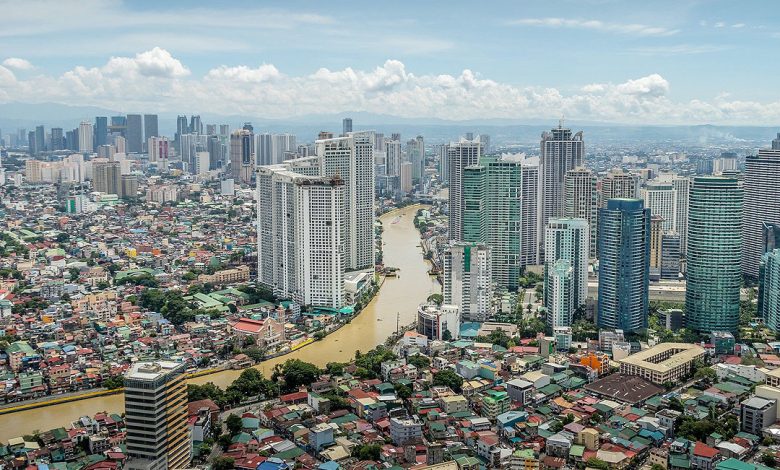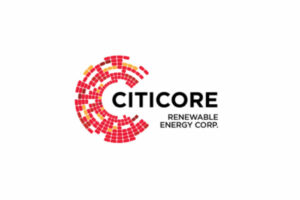The reasons and way forward for unlivable Metro Manila

(Part 1)
Cities must serve two purposes. They must serve as drivers of commerce and trade and also enhance the quality of life of its citizens.
Metro Manila accounts for 32% of the country’s gross domestic product. So, yes, it ticks the first box in as far as being an economic driver is concerned. But is Metro Manila livable? Based on the global rankings, it is not. The UK based Economic Intelligence Unit (EIU) ranks Metro Manila at 109th place out of 140 cities in term of livability. In Global Finance’s rankings, Metro Manila is dead last out of 134 cities evaluated. To state the obvious, Metro Manila’s mayors have failed to provide decent living conditions for their constituents.
What constitutes a livable city in the first place? According to these global rating agencies, five factors make a city livable and attractive. The first is a favorable urban sprawl. In other words, the prominence of parks, open spaces, and public recreational/cultural centers. The second is inclusivity. Meaning, the city is made for all, not just a narrow elite. This manifests itself in the prioritization of public transportation over cars as well as the absence of gated villages and exclusive sports clubs (especially golf courses since they consume much land). The third is sustainability. This refers to cities that are green, those that operate on a smaller carbon footprint and those that produce their own renewable power. The fourth is resilience. This has to do with a city’s ability to cope and bounce back from natural disasters and black swan events like a pandemic. The fifth is being “smart.” Smart cities are those widely connected to the digital grid, those with efficient supply chain infrastructure (e.g., airports, seaports, cold chain warehouses, and the like) and those whose conditions are conducive to innovation.
Before we even speak about reforms and the way forward, we should first consider some facts about Metro Manila. The country’s capital is one of the densest cities in the world with 13.48 million permanent residents spread over 619.57 square kilometers. This amounts to some 22,277 people per square kilometer. This does not even count the 6 million transients that come from outside to work. For context, downtown Vancouver has a population density of only 5,400 people per square kilometer. As of the 2015 census, 57.4% of NCR’s residents live in condominiums, the average size of which is 50 sq.m., 27.2% live in single houses, and 14% live in duplexes. There are 2.5 million informal settlers.
Only 20% of the population use private cars for daily transport while the rest utilize public transportation. Yet, Metro Manila’s transport infrastructure is built for and around cars. Decent sidewalks and promenades are only accessible in private townships, not in public roads. This is the reason why street life, or commercial and cultural activities along main roads, are either non-existent or poorly developed outside private townships.
As for open spaces, only 0.2% of Metro Manila’s land mass is green and open if the La Mesa dam watershed is factored-out. For context again, the United Nations recommends that there should be nine square meters of open space for every resident of a city. Metro Manila fails miserably in this respect.
Why is Metro Manila bereft of open spaces? Greed is the culprit. Metro Manila’s Local Government Units decided to abandon Metro Manila’s zoning ordinance ratified in the 1990s. This allowed the mayors to sell public spaces to private entities to build gated communities and/or commercial developments. Even no-build zones in seismic fault lines and flood catchments areas were sold off. By disregarding the zoning ordinance, the rich and powerful subsumed the interest and safety of the greater majority.
Converting public open spaces into malls and high-rise towers proved catastrophic. Among its consequences is vehicular traffic. Studies show that a mall or 40-storey office tower can instigate vehicular traffic of 4,000 cars per day. Worse, selling off open spaces reduced our inventory of trees, all of which were chopped-down to make way for property developments. It takes 10 trees to overcome the carbon monoxide of a single car. Data from 2018 shows that there were 1.52 million cars registered in Metro Manila. This means that the city must have 15.2 million trees, at least, to maintain a status quo in air quality. The city falls short by a wide margin. This has accelerated the degradation of Metro Manila’s air quality.
Selling off public spaces worsens income inequality, especially when land is used for a mall or commercial strip. The few families that own malls in prime areas of Metro Manila eventually control the commerce in that locality. As rent-seekers and takers of a percentage-of-sales of every transaction, their economic power over the regular citizen is strengthened in each passing day. Worse, the presence of malls in a community has proven to drive micro, small and medium sized enterprises out of business in their localities.
Gated communities are another problem. They consume large chunks of land yet provide residence to only a select few. They emphasize income inequality in this regard. Further, they hog access to roads and make the city less walkable. Gated communities exacerbate problems which is why the Singaporean government banned them in the 1970s.
Traffic is a consequence of gated communities. Since inner road networks of Magallanes, Dasmarinas, Forbes, and Corinthian Garden are inaccessible for public use, EDSA has become a major artery, a minor artery, a major collector road, a minor collector road, and an access road leading to commercial centers, all in one. This is why the average car speed on EDSA is a pitiful 15 kilometers per hour, typically.
Gated communities are a two-edged sword that debase the quality of life of our non-elite countrymen. They jack-up land prices to a point where housing becomes unaffordable for medium to low-income families. This pushed the working class to live in far flung areas in Cavite, Rizal, Laguna, and Bulacan. A one-way two-hour commute or a two-way four-hour commute has become “normal” for the medium to low level worker, which is criminal in better governed countries. A four-hour commute across 6 million people translates to lost productivity of P120 million a day.
Even the city’s airspace is used for profit by the narrow elite at the expense of the public. Billboards serve no one’s interest except the mayors and their officials, the rich owners of outdoor advertising companies, the landowners, the advertisers. They inundate our highways with ugly tarpaulin making the city even more dense and disorderly. It is another case of the rich and powerful subduing the interests of the public.
As one can tell, a lot of the problems of Metro Manila stem from the decision of the mayors to override the zoning ordinance of Metro Manila and the fact that the interest of the rich and powerful always subverts the common good.
On the next installment of this series, I will write about the solutions to Metro Manila’s woes as we look forward to a new government in 2022.
Andrew J. Masigan is an economist
Facebook@AndrewJ. Masigan
Twitter @aj_masigan




